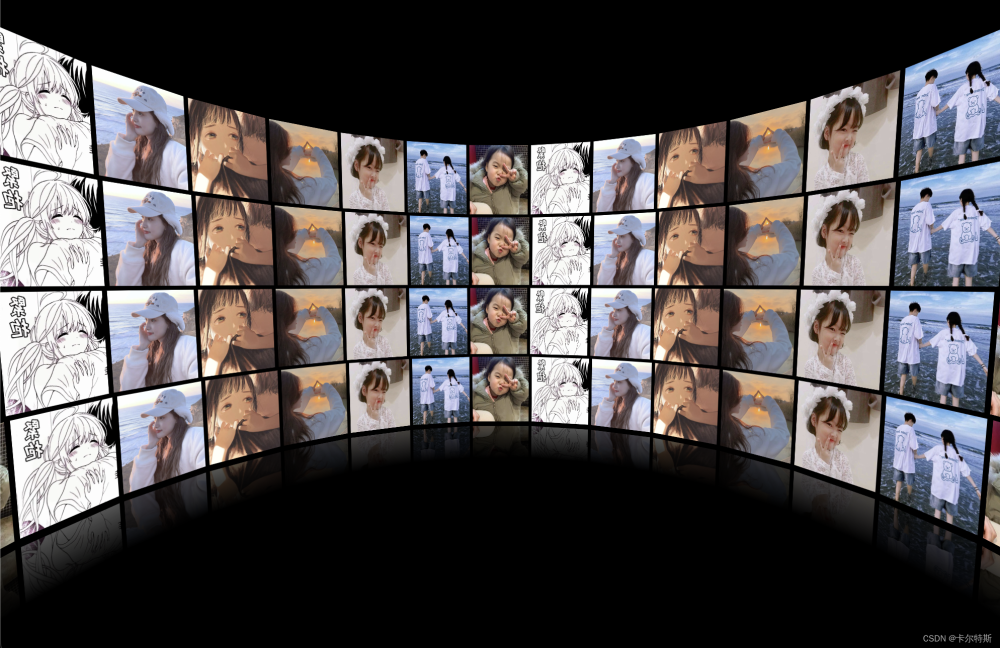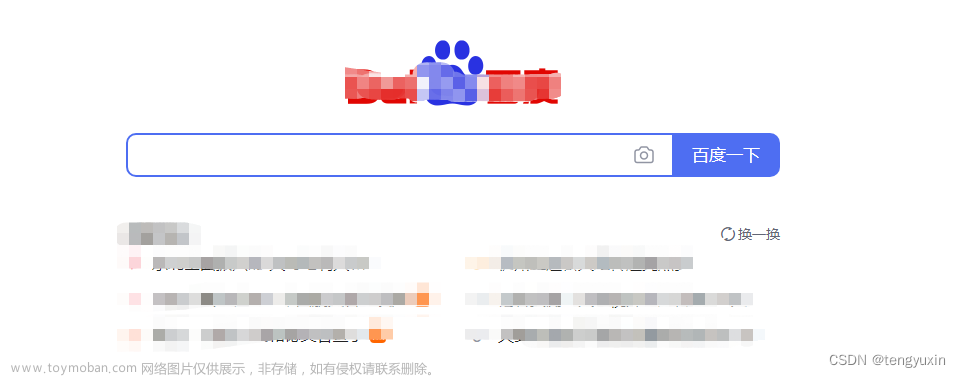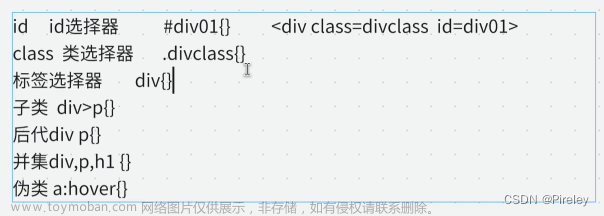一.效果浏览图

二.实现思路
html部分
HTML 写了一个加载动画效果,使用了一个包含多个
<span>元素的<div>元素,并为每个<span>元素设置了一个自定义属性--i。这段代码创建了一个简单的动态加载动画,由20个垂直排列的线段组成。每个线段使用一个
<span>元素表示,并通过设置不同的--i值来控制它们的样式或动画效果(在给定代码中,--i的值仅表示索引,范围从1到20)。
<!DOCTYPE html>
<html lang="en">
<head>
<meta charset="UTF-8">
<meta http-equiv="X-UA-Compatible" content="IE=edge">
<meta name="viewport" content="width=device-width, initial-scale=1.0">
<title>Document</title>
<link rel="stylesheet" href="css/oo1.css">
</head>
<body>
<section>
<div class="loader">
<span style="--i:1;"></span>
<span style="--i:2;"></span>
<span style="--i:3;"></span>
<span style="--i:4;"></span>
<span style="--i:5;"></span>
<span style="--i:6;"></span>
<span style="--i:7;"></span>
<span style="--i:8;"></span>
<span style="--i:9;"></span>
<span style="--i:10;"></span>
<span style="--i:11;"></span>
<span style="--i:12;"></span>
<span style="--i:13;"></span>
<span style="--i:14;"></span>
<span style="--i:15;"></span>
<span style="--i:16;"></span>
<span style="--i:17;"></span>
<span style="--i:18;"></span>
<span style="--i:19;"></span>
<span style="--i:20;"></span>
</div>
</section>
</body>
</html>css部分
* {
margin: 0;
padding: 0;
box-sizing: border-box;
}
这段代码应用了一个通用的CSS选择器 * ,将所有元素的外边距和内边距重置为0,并使用 border-box 盒模型,以确保元素的宽度和高度包括边框和内边距。
section {
display: flex;
justify-content: center;
align-items: center;
min-height: 100vh;
background: #042104;
animation: animateBg 10s linear infinite;
}
这一部分定义了 <section> 元素的样式。将其设置为弹性布局,并使用 justify-content 和 align-items 属性使其内容水平和垂直居中。min-height 设置为 100vh,确保 <section> 元素至少铺满整个视口的高度。background 属性设置了一个深绿色的背景,并应用了一个名为 animateBg 的动画,周期为10秒,线性变化以实现颜色的循环过渡。
section .loader {
position: relative;
width: 120px;
height: 120px;
}
这部分针对加载动画的容器 <div class="loader"> 应用了样式规则。将其设置为相对定位,宽度和高度均为120px。
section .loader span {
position: absolute;
top: 0;
left: 0;
width: 100%;
height: 100%;
transform: rotate(calc(18deg * var(--i)));
}
这部分定义了每个线段 <span> 元素的样式。将其设置为绝对定位,相对于容器的左上角进行定位。宽度和高度设置为100%,使其充满容器。transform 属性使用 rotate() 函数根据每个线段的索引(通过 var(--i) 参数获取)计算旋转角度,并使线段围绕容器的中心旋转。
section .loader span::before {
content: '';
position: absolute;
top: 0;
left: 0;
width: 15px;
height: 15px;
border-radius: 50%;
background: #00ff0a;
box-shadow: 0 0 10px #00ff0a,
0 0 20px #00ff0a,
0 0 40px #00ff0a,
0 0 60px #00ff0a,
0 0 80px #00ff0a,
0 0 100px #00ff0a;
animation: animate 2s linear infinite;
animation-delay: calc(0.1s * var(--i));
}
这一部分定义了每个线段的样式。使用 ::before 伪元素来创建一个圆形的指示器。设置其宽度和高度为15px,边框半径为50%,背景颜色为亮绿色 #00ff0a。box-shadow 属性为指示器添加一系列的内阴影,在不同的距离和模糊程度下产生细微的发光效果。 animation 属性应用了一个名为 animate 的动画效果,周期为2秒,线性变化,并设置为无限循环播放。animation-delay 通过计算每个线段的索引值(通过 var(--i) 参数获取)乘以0.1s来设置动画的延迟时间,以实现线段的逐个出现效果。文章来源:https://www.toymoban.com/news/detail-633560.html
@keyframes animate {
0% {
transform: scale(1);
}
80%,100% {
transform: scale(0);
}
}
最后,这部分定义了名为 animate 的动画的关键帧,控制指示器的缩放效果。在动画的初始帧(0%),通过 transform: scale(1) 将指示器设置为原始尺寸。在80%和100%的帧中,通过 transform: scale(0) 将指示器缩放为0,实现渐渐消失的效果。文章来源地址https://www.toymoban.com/news/detail-633560.html
三.完整代码
<!DOCTYPE html>
<html lang="en">
<head>
<meta charset="UTF-8">
<meta http-equiv="X-UA-Compatible" content="IE=edge">
<meta name="viewport" content="width=device-width, initial-scale=1.0">
<title>Document</title>
<link rel="stylesheet" href="css/oo1.css">
<style>
*{
margin: 0;
padding: 0;
box-sizing: border-box;
}
section{
display: flex;
justify-content: center;
align-items: center;
min-height: 100vh;
background: #042104;
animation: animateBg 10s linear infinite;
}
@keyframes animateBg {
0%{
filter: hue-rotate(0deg);
}
100%{
filter: hue-rotate(360deg);
}
}
section .loader{
position: relative;
width: 120px;
height: 120px;
}
section .loader span {
position: absolute;
top: 0;
left: 0;
width: 100%;
height:100%;
transform: rotate(calc(18deg * var(--i)));
}
section .loader span::before{
content:'';
position: absolute;
top: 0;
left: 0;
width: 15px;
height: 15px;
border-radius: 50%;
background:#00ff0a;
box-shadow: 0 0 10px #00ff0a,
0 0 20px #00ff0a,
0 0 40px #00ff0a,
0 0 60px #00ff0a,
0 0 80px #00ff0a,
0 0 100px #00ff0a;
animation: animate 2s linear infinite;
animation-delay: calc(0.1s * var(--i));
}
@keyframes animate {
0%{
transform: scale(1);
}
80%,100%{
transform: scale(0);
}
}
</style>
</head>
<body>
<section>
<div class="loader">
<span style="--i:1;"></span>
<span style="--i:2;"></span>
<span style="--i:3;"></span>
<span style="--i:4;"></span>
<span style="--i:5;"></span>
<span style="--i:6;"></span>
<span style="--i:7;"></span>
<span style="--i:8;"></span>
<span style="--i:9;"></span>
<span style="--i:10;"></span>
<span style="--i:11;"></span>
<span style="--i:12;"></span>
<span style="--i:13;"></span>
<span style="--i:14;"></span>
<span style="--i:15;"></span>
<span style="--i:16;"></span>
<span style="--i:17;"></span>
<span style="--i:18;"></span>
<span style="--i:19;"></span>
<span style="--i:20;"></span>
</div>
</section>
</body>
</html>到了这里,关于css小练习:案例6.炫彩加载的文章就介绍完了。如果您还想了解更多内容,请在右上角搜索TOY模板网以前的文章或继续浏览下面的相关文章,希望大家以后多多支持TOY模板网!








![[HTML]Web前端开发技术16(HTML5、CSS3、JavaScript )表格课后练习网页标题:域标签的使用网页标题:美家装饰联系我们网页标题:登录界面网页标题问卷调查——喵喵画网页](https://imgs.yssmx.com/Uploads/2024/01/820808-1.png)





